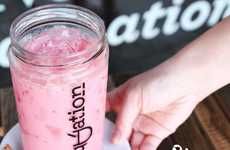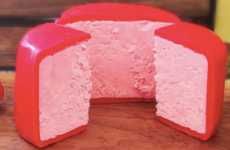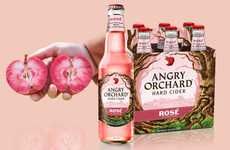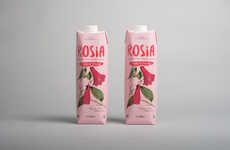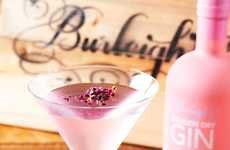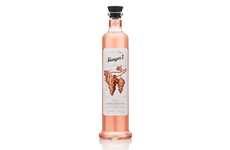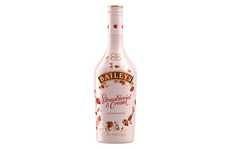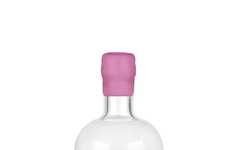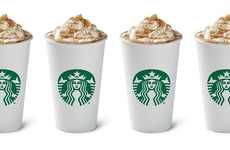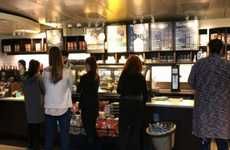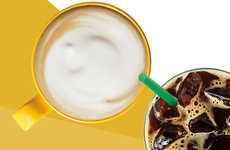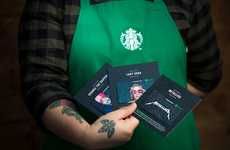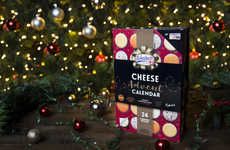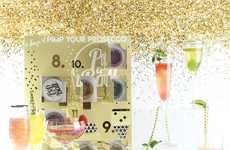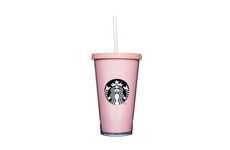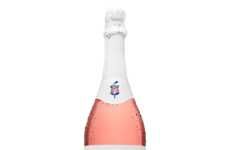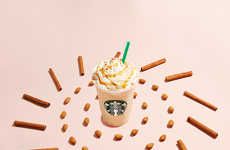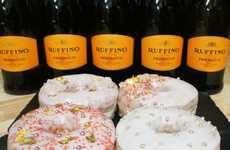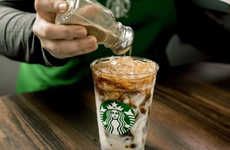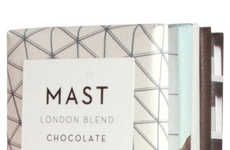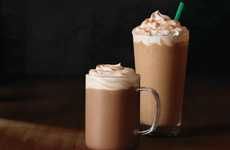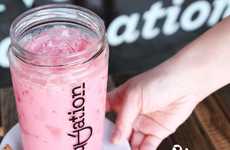



"Millennial pink" is now being adopted into food and beverage products
Implications - The pale color that's been dubbed as "Millennial pink" and has seen a boost in popularity in branding and clothing items, can now be seen as the primary color in edible products. The pale pink hue's adoption into the food and beverage category offers shareable products for Millennial and Gen Z demographics – resulting in effortless engagement that benefits the businesses' marketing strategies.
Workshop Question - How can your brand adopt social media shareable designs to boost online engagement?
Trend Themes
1. Millennial Pink Food and Beverages - The trend of using 'millennial pink' color in food and beverages products to engage Millennial and Gen Z demographics.
2. Aesthetically Pleasing Food and Beverages - The shift towards food and beverage products that are first and foremost aesthetically pleasing, resulting in consumer engagement.
3. Exclusive and Photogenic Food - The trend of offering dishes made with exclusive and seasonal ingredients such as pink radicchio, to cater to the demand for photogenic food.
Industry Implications
1. Food and Beverage Industry - Companies in the food and beverage industry can leverage the trend of using 'millennial pink' color to create visually appealing products that engage Millennial and Gen Z demographics.
2. Hospitality Industry - Businesses in the hospitality industry can offer aesthetically pleasing food and beverage products to customers, enhancing their overall experience.
3. Agriculture Industry - The agriculture industry can capitalize on the trend of offering exclusive and seasonal ingredients such as pink radicchio, in order to meet the demand for photogenic and unique foods.
